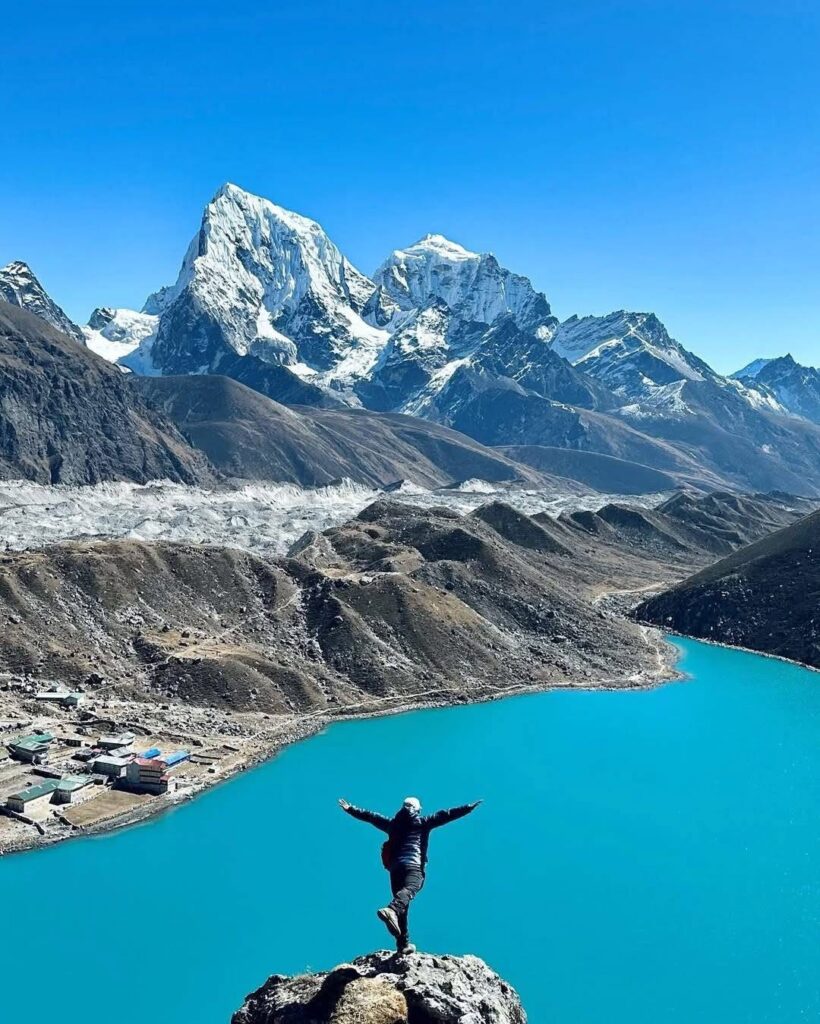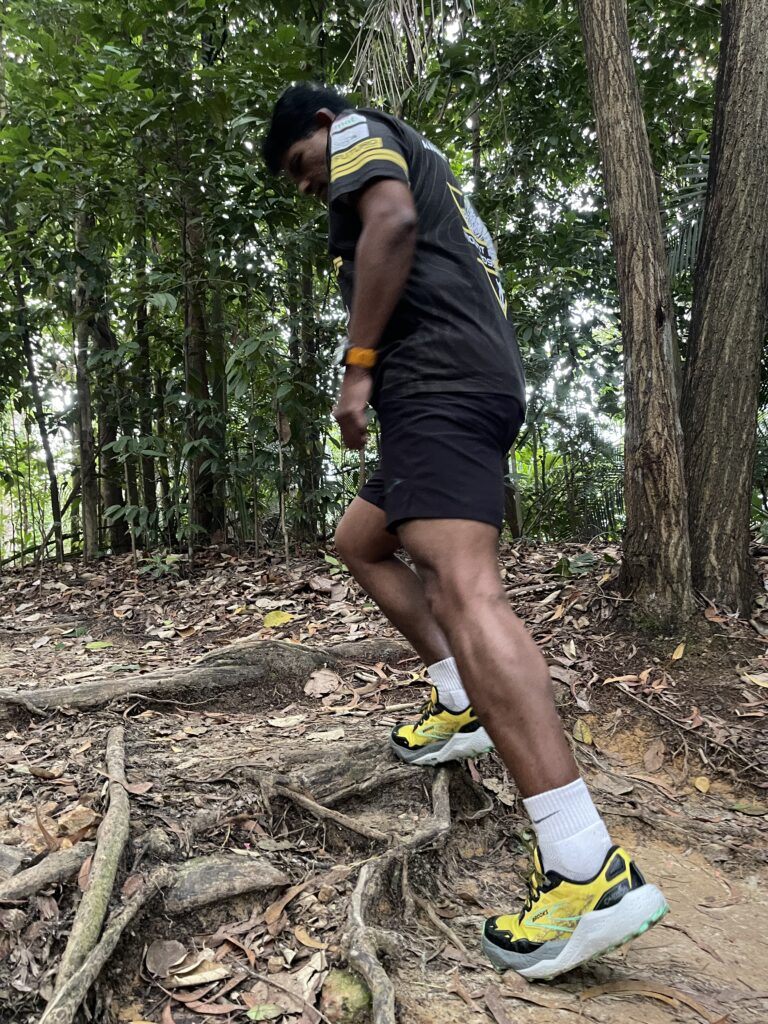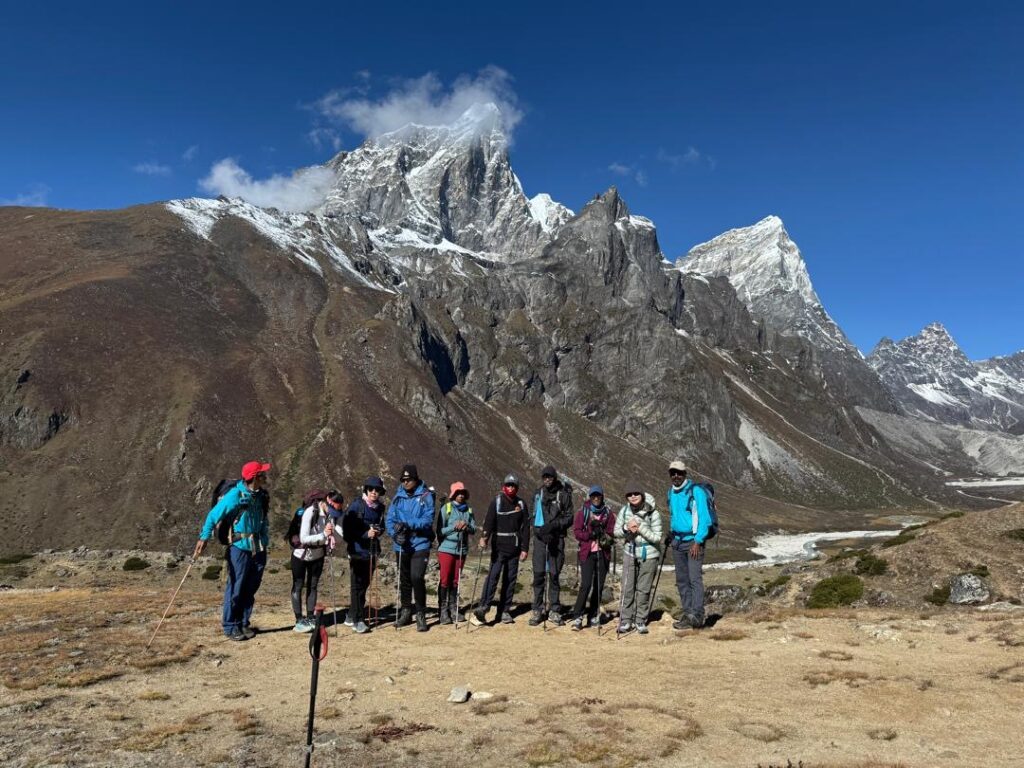Training for hiking, especially for challenging treks like the Everest Base Camp trek, requires a combination of cardiovascular endurance, strength, and mental preparation. Here’s a comprehensive guide to help you get ready:

1. Cardiovascular Training
Hiking involves long hours of walking, often uphill, so building cardiovascular endurance is crucial.
- Activities:
- Running or jogging.
- Cycling.
- Swimming.
- Stair climbing or using a stair machine.
- Hiking on local trails (start with shorter hikes and gradually increase distance and elevation gain).
- Frequency: 3–5 times per week, 30–60 minutes per session.
- Progression: Gradually increase intensity and duration over time.
2. Strength Training
Strengthening your legs, core, and upper body will help you tackle steep ascents, descents, and carry a backpack.
- Key Exercises:
- Legs: Squats, lunges, step-ups, calf raises.
- Core: Planks, Russian twists, mountain climbers.
- Upper Body: Push-ups, pull-ups, rows (to help with carrying a backpack).
- Frequency: 2–3 times per week.
- Progression: Start with bodyweight exercises and add weights as you get stronger.
3. Endurance Training
Hiking often involves long hours of continuous activity, so building stamina is essential.
- Activities:
- Long walks or hikes (4–6 hours) with a weighted backpack.
- Back-to-back hiking days to simulate multi-day treks.
- Frequency: 1–2 times per week.
- Progression: Gradually increase the weight in your backpack (start with 10–15 lbs and work up to 20–30 lbs).
4. Flexibility and Balance
Improving flexibility and balance can help prevent injuries and make hiking more comfortable.
- Activities:
- Yoga or stretching routines.
- Balance exercises like single-leg stands or using a balance board.
- Frequency: 2–3 times per week.
5. Mental Preparation
Hiking, especially at high altitudes, can be mentally challenging. Prepare yourself for long days, unpredictable weather, and physical discomfort.
- Tips:
- Practice mindfulness or meditation to stay focused and calm.
- Visualize success and set small, achievable goals during your hikes.
- Train in varying weather conditions to build resilience.
6. Specific Training for High-Altitude Treks
If you’re preparing for a high-altitude trek like Everest Base Camp, consider the following:

- Altitude Simulation: If possible, train at higher elevations or use altitude training masks.
- Acclimatization: Plan rest days during your trek to allow your body to adjust to the altitude.
- Hydration and Nutrition: Practice staying hydrated and eating energy-rich foods during training hikes.
Sample Weekly Training Plan
Here’s an example of a balanced training schedule:
- Monday: Cardio (running or cycling) + strength training (legs and core).
- Tuesday: Endurance hike with a weighted backpack.
- Wednesday: Rest or light yoga/stretching.
- Thursday: Cardio (stair climbing or swimming) + strength training (upper body).
- Friday: Endurance hike or long walk.
- Saturday: Strength training (full body) + balance exercises.
- Sunday: Rest or active recovery (light walk or yoga).
Additional Tips
- Wear Your Gear: Train with the hiking boots, backpack, and clothing you plan to use on your trek to break them in and ensure comfort.
- Hydrate and Fuel: Practice drinking water and eating snacks during training to understand your body’s needs.
- Listen to Your Body: Avoid overtraining and take rest days to recover.

By following a structured training plan and gradually building your fitness, you’ll be well-prepared for your hiking adventure. Let me know if you’d like more specific advice!
